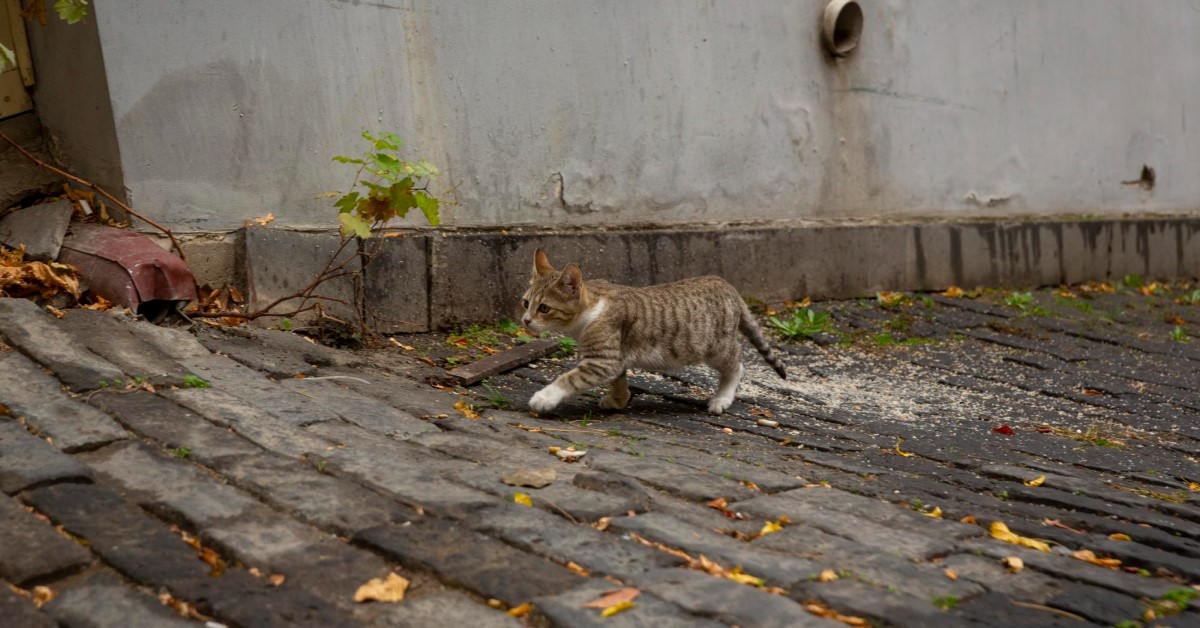Pet Owner’s Guide to New Year’s Resolutions
It’s time again to make your New Year’s resolutions! Do yours involve your pet?

The start of a new year provides an opportunity to think about the future and positive changes we want to make for ourselves and our family – pets included. This year, consider making your New Year’s resolutions with your furry companion in mind. The following New Year’s resolution ideas are sure to bring you happiness and enrich your pet’s life.
1. Start Measuring Your Pet’s Food
Your pet may have put on some extra pounds over the last year. Did you know that the majority of cats and dogs in the U.S. are overweight or obese? Help your pet reach a healthy weight by measuring his food each day. Look at the back of the dog food bag to determine how much food to feed your pet based on his weight. If you don’t have time to measure food each day, create pre-measured bags of food at the start of each week.
2. Go On Daily Walks
Walking at least 30 minutes or more a day is a great way to maintain good overall health. Bring your dog along on your fitness journey to help both of you get in better physical shape. Start slow and gradually increase the amount of time you walk as you enhance your endurance.
3. Drink More Water Each Day
The recommended daily water intake for humans is similar to that of dogs. Aim to drink .5 to 1 ounce of water for each pound of body weight. Ensure that your dog always has a fresh supply of water readily available, especially after long walks or exercising. Water helps prevent dehydration, maintain a normal temperature, and avoid conditions like constipation and kidney stones.
4. Teach Your Pets New Tricks
A fun New Year’s resolution involves teaching your dog new tricks. Commit to spending 10 to 20 minutes each day teaching your pet a trick or behavior, such as sitting, holding still, or not pulling at the leash during walks. Clicker training can be highly effective and is used by many professional trainers who teach dogs new tricks or behaviors.
5. Learn Pet First Aid
Even the most devoted pet owners may lack proper knowledge when it comes to basic pet first aid. Learn how to properly care for your dog at home instead of running to the vet each time your pet suffers a minor injury. There is a wealth of information online or at your local library that can teach you how to perform basic first aid for scratches, small wounds, and other minor injuries.
6. Brush Your Pet’s Teeth Daily
Brushing your pet’s teeth at least once a day helps prevent dental problems and bad breath. Daily brushing helps remove plaque and tartar, ward against dental disease, and aid in your pet’s overall health. It’s also a good idea to have annual dental checkups for your pet that involve the occasional deep cleaning.
7. Play More and Stress Less
It’s common to experience stress from work, family, relationships, and other causes. However, too much stress in your life can cause various mental health problems, such as anxiety, depression, and cardiovascular issues like high blood pressure, heart disease, abnormal heart rhythm, stroke, and heart attack. Instead of stressing, take time off to play with your pet. Participate in a game of fetch, go hiking, or explore nature together.
8. Attend Obedience Classes
Puppies and dogs who have not yet received proper training may exhibit unwanted behaviors or rowdiness. Obedience classes provide an exciting challenge for pets and can be rewarding for pet owners. Even if your dog has done training or obedience classes, he could always benefit from a refresher course.
9. Purchase Pet Insurance
If you haven’t already, consider purchasing pet insurance for your cat or dog. Pet insurance is highly affordable and can protect against costly and unexpected veterinary bills. The average cost of a routine vet checkup or wellness visit ranges from $50 to $250. If your dog becomes injured or needs surgery, the cost can quickly skyrocket into the thousands. Pet insurance can provide peace of mind and ensure that your pet gets the proper veterinary care that he needs to stay healthy.
10. Schedule a Checkup
Speaking of vet visits, when was the last time your cat or dog had a checkup? If it has been more than a year, consider making your first New Year’s resolution to regularly see your vet. Visiting your vet at least once a year helps detect potential problems before they can worsen.
11. Create a Pet Bucket List
If you have a senior pet, you know that you may not have much time left to enjoy yourself with your pet. Consider making a bucket list of things to do with your pet before he crosses the Rainbow Bridge. When creating the list, keep in mind that your cat or dog may not be able to do activities that they enjoyed in the past, such as going hiking. Instead, opt for simple things that will make your pet happy, such as a trip to Starbucks for a tasty Puppuccino.
12. Live in the Moment
As pet owners, we often get caught up posting photos of our pets on Instagram or searching for the best raw diets online. It’s important to take time to live in the moment and just spend time with your pet. This could mean lounging on the couch together as your dog receives belly rubs or your cat receives pets.
Our furry friends are an important part of our lives. Consider including them in this year’s New Year’s resolutions. Focus your resolutions on health and happiness, and both you and your pet will benefit from these changes.
Ready to start saving money on pet wellness care?
Then take a look at Mint Wellness, the pet wellness plan that provides fast reimbursement on routine pet care. Save on vaccinations, wellness exams, preventatives, dental, and more!
Learn More


